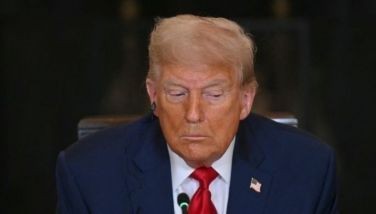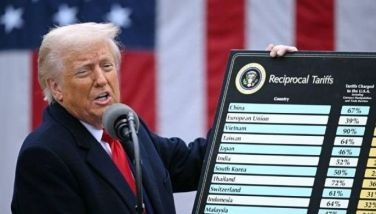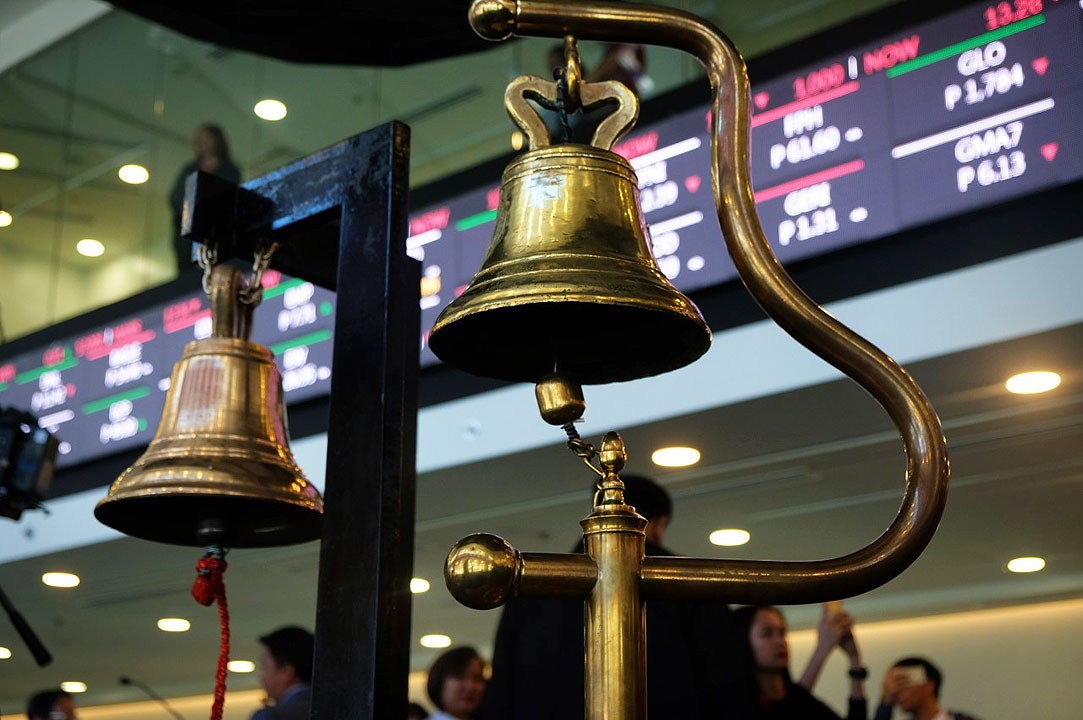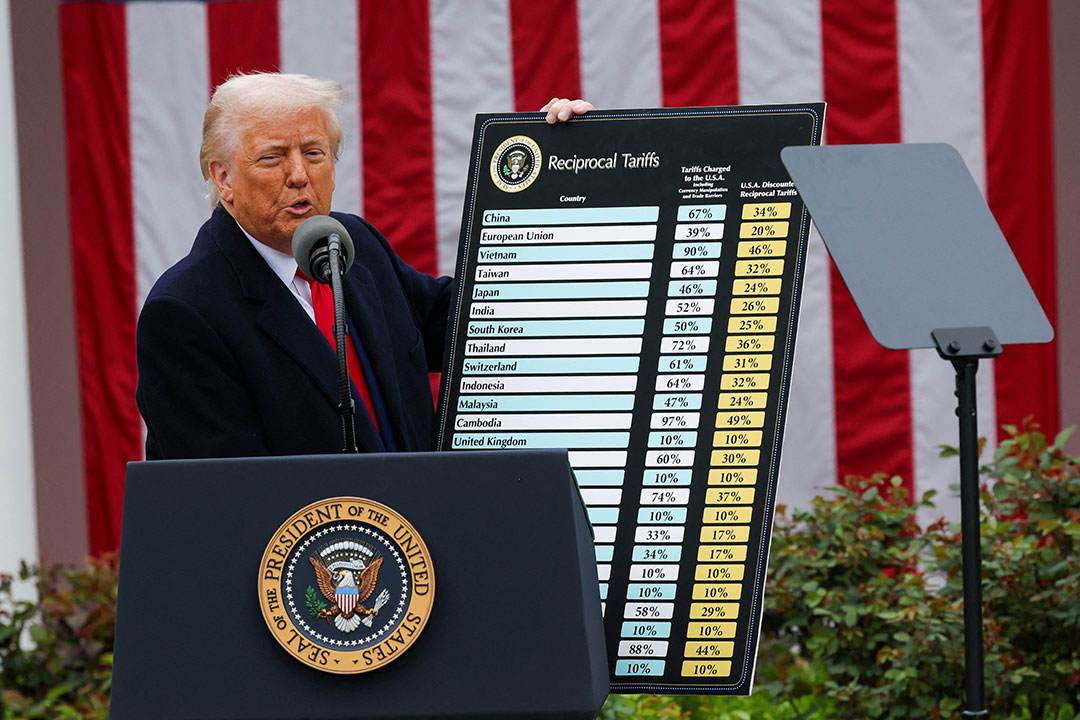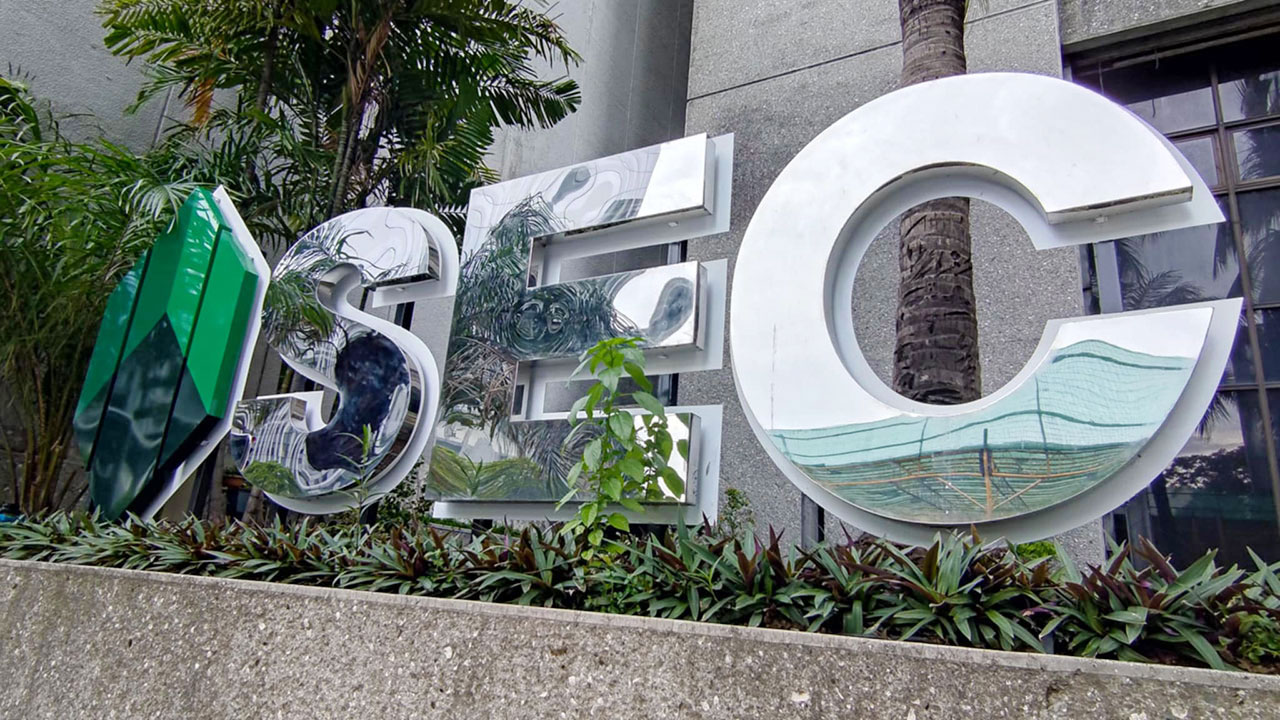
Upgrade to High-Speed Internet for only ₱1499/month!
Enjoy up to 100 Mbps fiber broadband, perfect for browsing, streaming, and gaming.
Visit Suniway.ph to learn
Louise Maureen Simeon - The Philippine Star
July 13, 2025 | 12:00am
In a report, De La Salle University-Angelo King Institute (DLSU-AKI) for Economic and Business Studies emphasized that there is a need to infuse a greater sense of realism into the discourse of how the economy is doing and how far it can go.
Miguel de Guzman
MANILA, Philippines — The Philippines is unlikely to hit its $2-trillion economic goal by 2050 as doing so would require a nearly seven percent annual expansion, an exceptional and unrealistic level for the country at this point.
In a report, De La Salle University-Angelo King Institute (DLSU-AKI) for Economic and Business Studies emphasized that there is a need to infuse a greater sense of realism into the discourse of how the economy is doing and how far it can go.
For one, the policy brief’s authors believe that gross domestic product (GDP) could not reach $2 trillion or roughly P112 trillion by 2050 — an assumption earlier touted by the Department of Economy, Planning and Development (DEPDev).
Currently, the Philippine economy is just about $392 billion in nominal terms or around 20 percent of the 2050 vision.
DLSU-AKI’s estimates showed that the country would need a 6.7-percent annual growth rate to achieve the target over the next 25 years.
“This will not happen. It is too high,” the authors said.
“Historically, only a few countries have grown at almost seven percent for 25 years. These countries are in Asia but they did it in a different world context and their growth was manufacturing-cum-export-led,” they said.
For 2025, the Cabinet-level Development Budget Coordination Committee lowered its GDP target to 5.5 to 6.5 percent from six to eight percent earlier amid lingering external risks.
For 2026, until the end of the Marcos administration in 2028, GDP is seen picking up by six to seven percent, lower than the initial target of six to eight percent.
Based on DLSU-AKI’s model and projection, the economy, at best, will reach $1.7 trillion by 2050. This is 15 percent lower than the $2-trillion assumption.
This is stemming from an average growth of 4.8 percent starting this year, with a slight declining trend until 2050 when growth will be at 3.6 percent.
“This is just the result of progress. We cannot become richer and grow as fast as today,” the authors said.
While the economist noted that they could still be wrong, they are certain that the economy could not register an average of 6.7-percent GDP.
“Using our models, we have estimated that in 2050, the share of work in agriculture will have declined significantly which is good news. The bad news is that our major employer will be wholesale and retail trade, which means low wages,” the report said.
Last year, the World Economic Forum said the Philippines could potentially expand to a $2-trillion economy if investments in key sectors are sustained, particularly in education and human development.

 23 hours ago
5
23 hours ago
5
